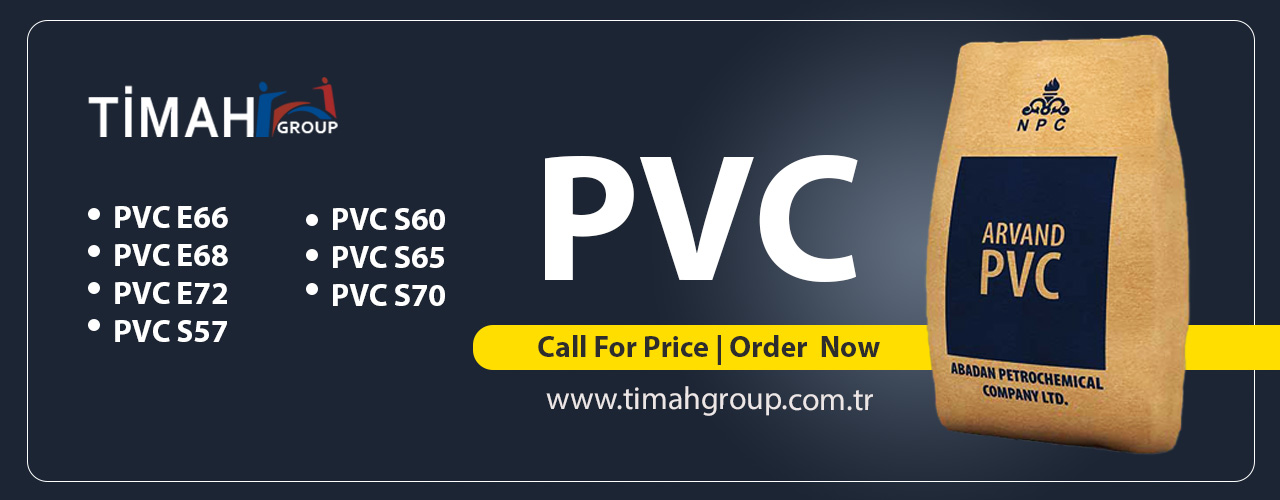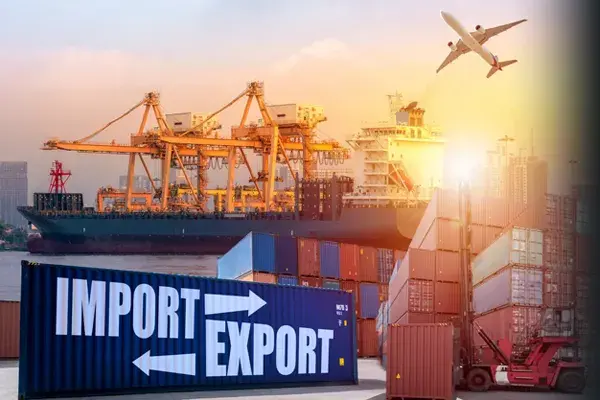Leading S-PVC Granule Producers
- Abadan
- Arvand
- Bandar Emam
- Ghadir
PVC granule production is dominated by the Asia-Pacific region, including China, India, Japan, and South Korea. This is followed by major PVC producers in North America, Europe, Latin America, and the Middle East, with Iran being the leading producer in the Middle East.
What is S-PVC Suspension Polyvinyl Chloride?
PVCs are primarily categorized into S-PVC, which is suspension polyvinyl chloride, and E-PVC, which is emulsion polyvinyl chloride (PVC-E). Although there are other commercial methods to produce PVC, such as micro-suspension and bulk, the main types used in the industry are E-PVC and S-PVC. S-PVC consists of much larger particles compared to E-PVC.
S-PVC – Suspension Polyvinyl Chloride
Suspension PVC resin is a polymer produced from vinyl chloride monomer. At normal temperature and pressure, PVC suspension resin is an odorless solid white powder. Suspension PVC resin is produced through the polymerization of vinyl chloride monomer. Monomer, water, and suspension additives are fed into a polymerization reactor and stirred at high speeds to form small vinyl chloride monomer droplets. After an initiator is added, the vinyl chloride monomer droplets polymerize under controlled pressure and temperature to form PVC Suspension Resin.
After polymerization is complete, the final slurry is stripped of unreacted vinyl chloride monomer, excess water is removed, and the solid is dried to form the final product. PVC Suspension Resin contains less than 5 parts per million of residual vinyl chloride monomer. The average particle size ranges from 150 to 100 micrometers. PVCs produced in this way have many plasticizer absorption properties for flexible products. PVC-S resin can be used both in its dry form (rigid PVC or U-PVC) and with a plasticizer oil (plasticized). The presence of voids ensures better absorption when a plasticizer is used in the formulation, preventing the resin from kneading. Additionally, the presence of vinyl alcohol varnish around the resin makes the creation and cooking of PVC, known as fusion, difficult.
Due to the difficulty of processing this resin, special equipment and high-pressure melting of particles are required to prepare the desired product, create a single piece of melt, and ensure good cooking. To prepare products from this type of PVC, a mixer (either a low-speed mixer or a high-speed mixer, depending on additives and formulation) and then a single or twin-screw extruder (used for pipes, profiles, hoses, granules, etc.), injection molding machine (for fittings, shoe soles, automotive parts, etc.), or calender (used for films and sheets) are necessary for processing and shaping.
Applications of PVC-S Granules
The many properties of PVC-S make it ideal for various applications. It is biologically and chemically stable and can be made softer and more flexible by adding plasticizers. S-PVC is one of the most common plastics, used in the manufacture of various films such as profiles, sidings, cable compounds, sheets, pipes, stretch ceiling films, synthetic leather, polyvinyl chloride fiber, plastic compounds, polyvinyl chloride foam, and shoemaking.
Types of PVC-S Granules
Each type of PVC is divided into different types based on polymerization degree and chain length. The K-value parameter, which indicates the degree of polymerization of PVC, is used in the industry, and the higher this number, the longer the PVC chain. For example, PVC-S resin with a K value of 57 has a shorter chain length compared to PVC-S resin with a K value of 70.
Highest Consumption Granules
It should be noted that PVC-S 65 has the highest consumption among all PVCs. This type of PVC has both acceptable processing properties and good mechanical properties, making it the most commonly used type of PVC suspension in the industry.

